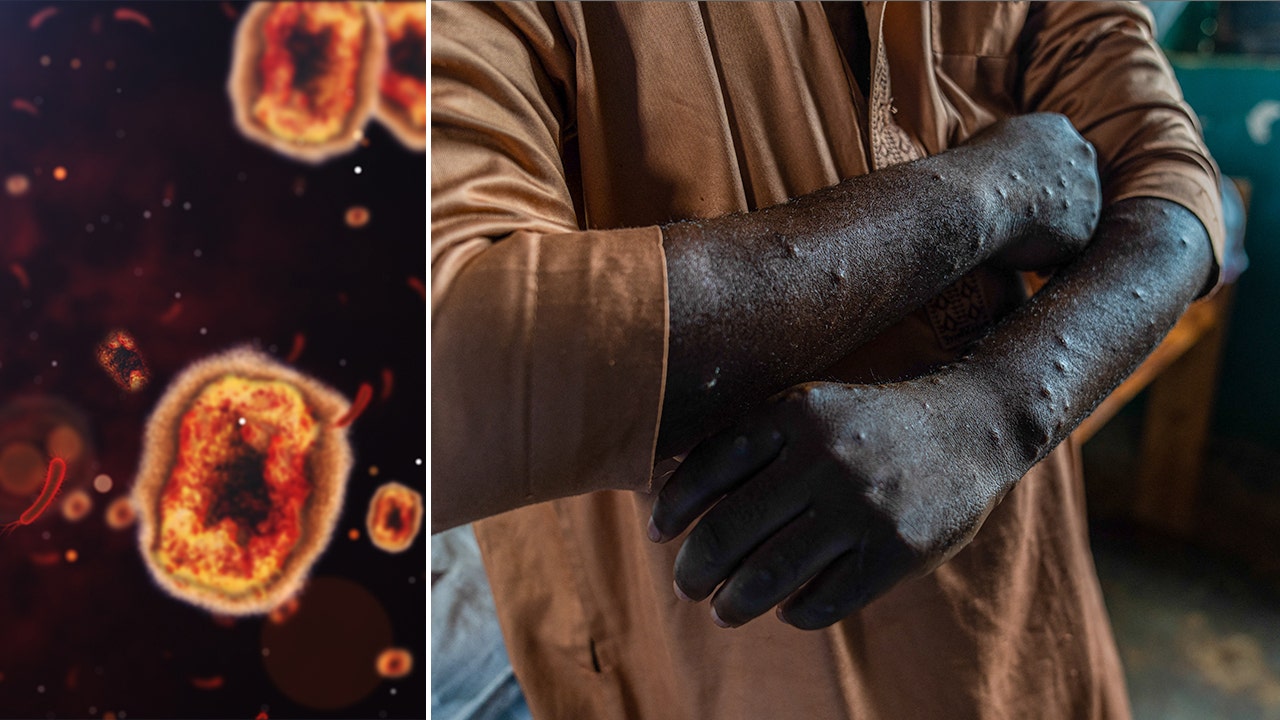A growing number of state legislatures are considering bans on cosmetics and other consumer products that contain a group of synthetic, potentially harmful chemicals known as PFAS.
In Vermont, the state Senate gave final approval this week to legislation that would prohibit manufacturers and suppliers from selling or distributing any cosmetics or menstrual products in the state that have perfluoroalkyl and polyfluoroalkyl substances, as well as a number of other chemicals.
The products include shampoo, makeup, deodorant, sunscreen, hair dyes and more, said state Sen. Terry Williams, a Republican, and member of the Senate Committee on Health and Welfare.
“Many known toxic chemicals are used in or found as contaminants in personal care products, including PFAS, lead and formaldehyde,” Williams said in reporting the bill to Senate colleagues.
California, Colorado and Maryland passed similar restrictions on cosmetics that go into effect in 2025. Other proposals are under consideration in Washington and Oregon while bills have also been introduced in Illinois, Rhode Island and Georgia.
According to the U.S. Environmental Protection Agency, studies have linked PFAS exposure to increased cancer risk, developmental delays in children, damage to organs such as the liver and thyroid, increased cholesterol levels and reduced immune functions, especially among young children.
Like in Colorado and California, the proposed Vermont crackdown on PFAS—known as “forever chemicals” for their persistence in the environment—goes beyond cosmetics. The bill, which now must be considered by the Vermont House, would extend the ban to apparel, including outdoor apparel for severe wet conditions, athletic turf, clothing, ski wax and textiles, including upholstery, draperies, towels and bedding that intentionally contain PFAS. It gives various timelines for the phaseouts.
“We must stop importing dangerous chemicals like PFAS into our state so we can prevent the harms they are causing up and down the supply chain — from their production and use to their disposal,” Lauren Hierl, executive director of Vermont Conservation Voters, said in a statement.
In March, the Environmental Protection Agency proposed the first federal limits on the chemicals in drinking water, saying the protection will save thousands of lives and prevent serious illnesses, including cancer. The chemicals had been used since the 1940s in consumer products and industry, including in nonstick pans, food packaging and firefighting foam. Their use is now mostly phased out in the U.S., but some still remain. Pressure is also growing to remove PFAS from food packaging.
A study by University of Notre Dame researchers released in 2021 found that more than half the cosmetics sold in the United States and Canada were awash with a toxic industrial compound associated with serious health conditions.
Researchers tested more than 230 commonly used cosmetics and found that 56% of foundations and eye products, 48% of lip products and 47% of mascaras contained fluorine—an indicator of PFAS.
The U.S. Food and Drug Administration says on its website that there have been few studies of the presence of PFAS in cosmetics, and the ones published found the concentration is at very low levels.
The Personal Care Products Council, which represents the cosmetics industry, says in 2020 it supported California legislation to phase out certain ingredients, including 13 PFAS in cosmetics, and identical legislative language in Maryland the following year. The group called for states to pass uniform laws to avoid confusion.
As for bans on apparel containing the chemicals, the American Apparel & Footwear Association supports the bill passed unanimously in the Vermont Senate and appreciates that amendments were made to align with phase-out timelines in existing PFAS restrictions in California and New York, said Chelsea Murtha, AAFA’s director of sustainability, in a statement.
The Outdoor Industry Association, based on Colorado, said overall it supports the Vermont bill, also noted the current version more closely matches the timeline for compliance with California’s.
“We are also appreciative of the exemption for outdoor apparel severe wet conditions until 2028, as our industry is diligently working to move toward non-regrettable alternatives that will not compromise consumer safety or the quality of the product,” said president Kent Ebersole in a statement.
More Must-Reads From TIME





















Discussion about this post